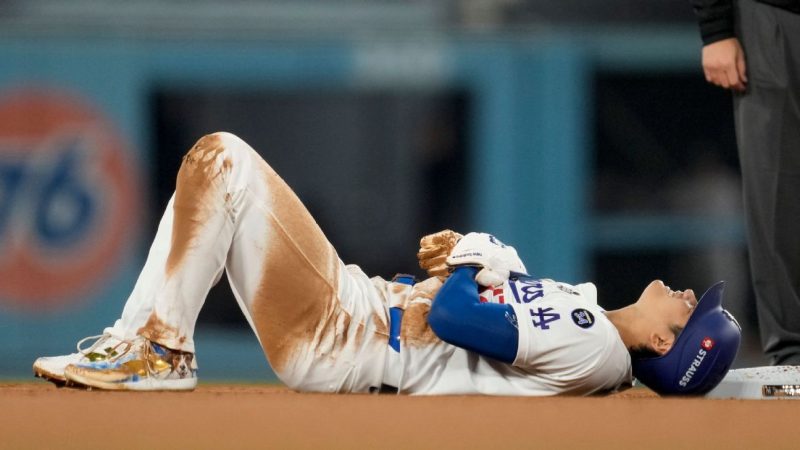
Injuries are the unpredictable wild card in fantasy baseball, capable of derailing even the most meticulously crafted team. Understanding how to assess the severity and potential impact of an injury is crucial for making informed decisions. In this post, we delve into the insights shared by injury analyst Stephania Bell and fantasy expert Tristan H. Cockcroft, offering a framework for analyzing baseball injuries like a pro.
First, let’s address the age-old question: Is staying healthy a skill? While training and preparation play a significant role, Bell emphasizes the undeniable element of chance. Unforeseen collisions, hit batsmen, and comebackers can cause a wide range of injuries, from minor bruises to severe fractures. While athletes strive to optimize their health through training, diet, and recovery, injuries remain an inherent risk.
Mondays often present a challenge for fantasy managers, as injury announcements sometimes come too late for adjustments. Cockcroft highlights the importance of risk tolerance. Bell explains that the same injury diagnosis can have vastly different outcomes. A ‘low-grade’ sprain might mean a few days off, or it could lead to weeks or even months on the injured list. The language used by teams in press releases and post-game interviews can be both helpful and misleading. A seemingly minor ‘tweak’ could easily escalate into a longer absence.
The best approach involves considering a player’s injury history and the team’s track record of accurately assessing injuries. The more information you have, the better equipped you’ll be to predict the length of a player’s absence.
When it comes to pitchers returning from Tommy John surgery, Bell notes that the typical recovery time has settled around 12-16 months. However, even after returning to the MLB, there’s a distinction between returning to play and returning to peak performance. Velocity may return quickly, but command and pitch location often take longer to regain. While drafting pitchers recovering from Tommy John surgery could pay off later in the season, it’s essential to avoid rushing them back into your lineup too soon.
Recently, UCL repairs with InternalBrace have become more common. Bell explains that this procedure repairs the native ligament rather than replacing it, potentially leading to a faster recovery (7-9 months). However, this option is only viable if the ligament’s condition allows for repair. A full Tommy John surgery might still be necessary. Even with a UCL repair, pitchers still need time to rebuild strength and confidence.
Finally, let’s consider injuries affecting base stealers. Lower extremity soft tissue injuries (hamstring, quad, calf strains) can significantly impact acceleration, deceleration, and the ability to change direction quickly. Ankle injuries also pose a risk, particularly during slides. Thumb injuries, especially UCL injuries, can also affect sliding, causing hesitancy and potentially reducing stolen base attempts. Analyzing these factors is essential for predicting the impact of an injury on a player’s base-stealing abilities.
Ultimately, successful fantasy management requires a nuanced understanding of baseball injuries. By carefully considering the type of injury, a player’s history, team communication, and the specific demands of the position, fantasy managers can make more informed decisions and navigate the inevitable uncertainties of the season.









